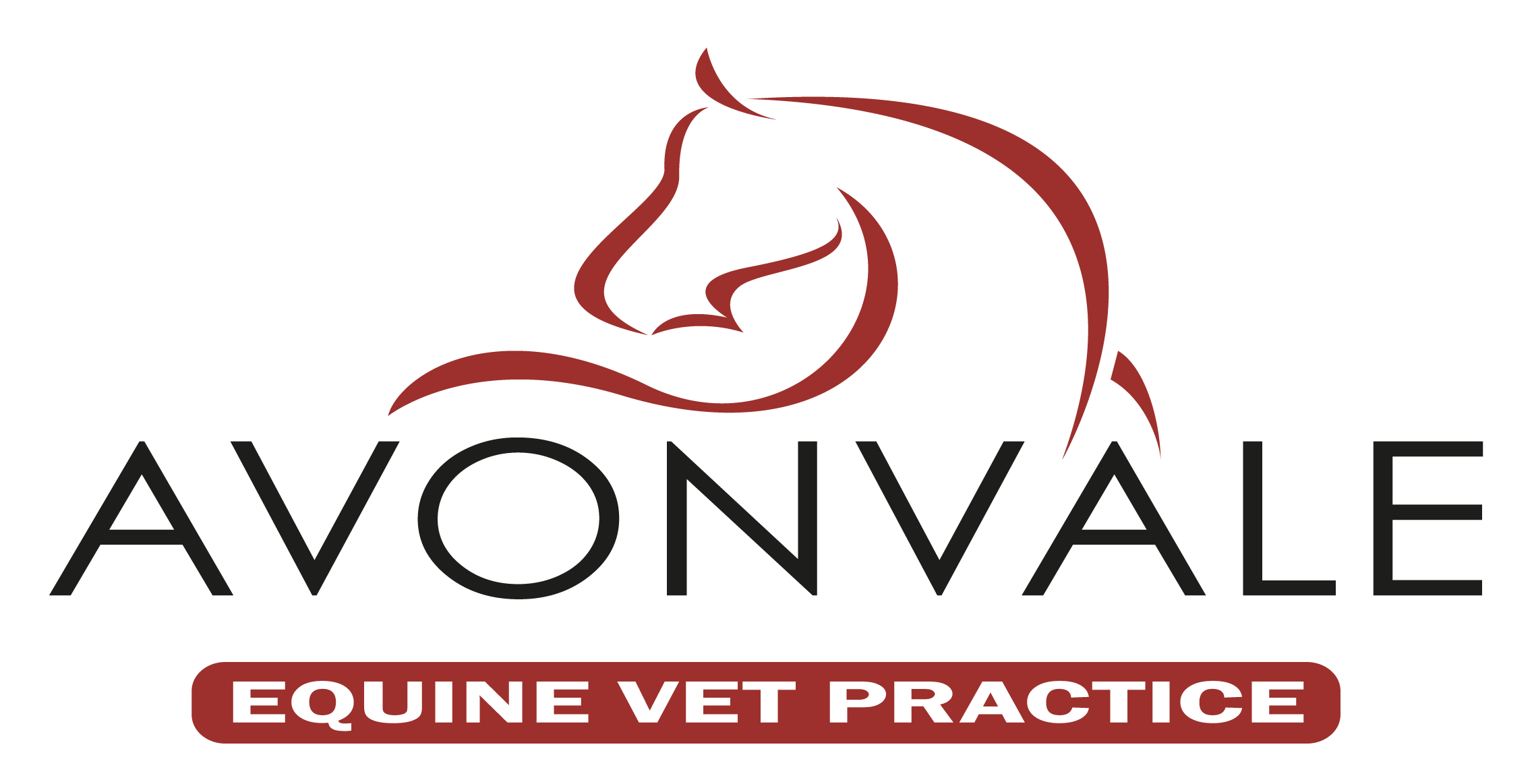When it comes to laminitis, prevention is always better than cure. In many cases, laminitis is preventable through appropriate everyday management of the horse’s weight, diet and general health. This guide outlines several things horse owners can do to help prevent laminitis.
What Causes Laminitis in Horses?
To understand how to prevent laminitis, we must understand what causes it. Laminitis is when the sensitive laminae becomes weakened or damaged. The laminae is the sensitive tissue that sits between the pedal bone and the hoof wall, keeping the pedal bone in position. When it becomes inflamed or damaged, the pedal bone can rotate or drop down inside the hoof.
Laminitis can have a number of underlying causes, including obesity, hormonal disorders and a high sugar diet. In many cases, laminitis is preventable.
Learn more about the causes of laminitis with our other blog.
How to Prevent Laminitis in Horses
Preventing laminitis involves managing the horse’s weight, diet and healthcare effectively in order to address or prevent the underlying causes of laminitis.
Maintaining a Healthy Weight
Obesity is a major factor in laminitis, and excess weight gain can more than double the risk of the disease occurring. Regularly fat scoring your horse will help you to monitor their condition.
Appropriate exercise and a healthy diet are both key to your horse maintaining a healthy weight. Not enough exercise and a diet that is too calorific can lead to horses becoming overweight or obese.
If your horse or pony is overweight, you may need to make changes to their diet or exercise regime. Seek advice from your vet before starting your horse on a new diet or exercise plan. Do not starve your horse, and always make any dietary or management changes gradually.
As well as diet and exercise, clipping and rugging can also contribute to a healthy weight. Avoid over-rugging your horse and use clipping where appropriate to aid weight loss through the colder months. This follows the horse’s natural cycle, which allows it to burn off fat over the winter to help it keep warm.
Appropriate Diet
It is important to feed your horse or pony a diet that is appropriate for their age, type, workload and any underlying health conditions. This will ensure your horse maintains a healthy weight and receives vitamins and nutrients in the right quantities. Aim for a high fibre, low carbohydrate and low sugar diet.
Seek advice from your vet or feed company on how best to feed your individual horse.
Early Diagnosis of Underlying Hormonal Disorders
Up to 90% of laminitis episodes may be linked to an underlying hormonal disorder. PPID (Pituitary Pars Intermedia Dysfunction / Equine Cushing’s Disease) and EMS (Equine Metabolic Syndrome) are two hormonal disorders that are linked to laminitis. Early diagnosis of these conditions makes them easier to manage, which can reduce the risk of laminitis.
Good Hoof Care
Regular, appropriate shoeing and foot trimming can help reduce the risk of laminitis. It can also allow early signs of laminitis to be detected before they develop into a more severe episode.
Prevent Excessive Concussion
Repeated fast work on hard ground can trigger laminitis due to the excessive concussive forces on the hoof. Furthermore, horses and ponies that are already lame may place excessive weight on the opposite hoof to compensate. This can lead to laminitis in that hoof. Contact your vet if you suspect that your horse might be lame.
What to do if You Suspect Laminitis
Whilst laminitis is preventable, it’s still important to know the symptoms of laminitis and know what to do if you suspect that your horse has laminitis.
Laminitis is a veterinary emergency. Therefore, if you suspect laminitis, you should always call your vet immediately. If your horse is able to walk, try to move them to a nearby stable or shelter and provide them with a deep bed of shavings to help support the hooves. If your horse is unable to walk, try to make them comfortable where they are by providing bedding in situ. Ensure the horse has access to fresh water, but remove access to food.
Laminitis is a very painful condition that can result in lasting damage if it is not treated quickly. Whilst laminitis is usually treatable, severe cases can result in the need for euthanasia.
Avonvale Equine Vet Practice | Emergency Equine Vets
We are an independent equine vet practice providing emergency call-outs 24 hours a day, 265 days a year. Day or night, emergency cases will always see an Avonvale Equine vet, and we pride ourselves on providing consistent, high quality veterinary care to all our patients. Register your horse, pony donkey or mule with us today. For emergencies, please call 01295 670 501.








